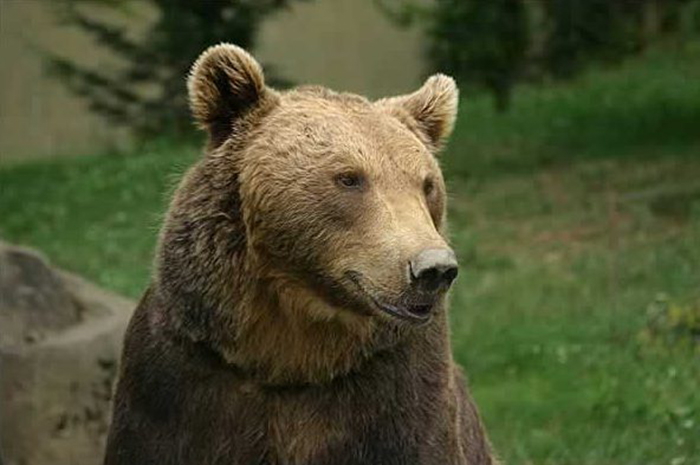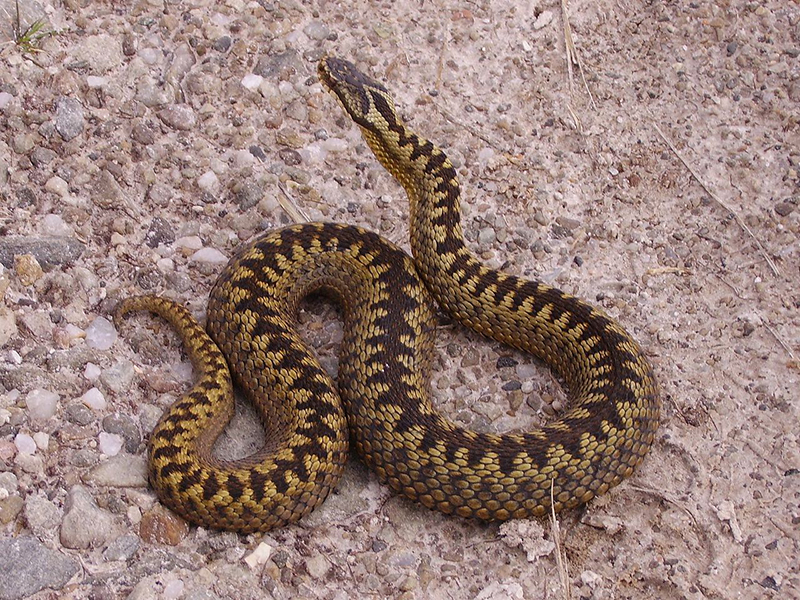Before your first visit to Transylvania, take a look at our short series written by travelers who have learned from their own mistakes – the more typical scenario – or those, in rare cases, who were born both knowledgeable and wise. The guides will lead you to the best places, help you avoid the worst ones (of course, there is no such place in Transylvania) and sometimes trick you into doing something altogether very stupid – just to keep you on your toes.
The region known as Transylvania – Latin for “beyond the woods”(or Erdély [ˈɛrdeːj], in their parlance) – is the central part of Romania surrounded by the Carpathian mountains. If you have read the previous sentence attentively, you already have the knowledge to avoid a very common mistake: calling any ethnic Hungarian living in Romania a Transylvanian. Odd? No. Look at the map above: the central orange part is Transylvania, while the pinkish areas (from top to bottom) are Máramaros (Romanian: Maramureș) Kőrösvidék (Crișana) and Bánság (Banat). If you were to call the people in the three pinkish areas Transylvanians, they may not show any outward sign of it, but rest assured they will be either offended outright or deservedly consider you one of the unwashed masses.
Unlike in neighboring Hungary, where even the smallest hillock is designated a “mountain,” the mountains in Transylvania really are that. So If you’re planning a hike in them mountains, be sure to wear proper hiking shoes and have an extra layer or two of warm and waterproof clothing in your backpack as fog, rain or – in the highest crests of the Southern Carpathians – even snow descend upon you in mid-August without the slightest warning.
The fauna here is not especially aggressive, except for the brown bears (Ursus arctos arctos) found in the eastern and southern parts. They have proliferated lately to such extent that they could visit your tent or village dwelling place at any time. Just don’t leave visible or fragrant food within range and by no means corner them and you should be all right, most of the time.

There is also the occasional viper (Vipera berus), whose venom is much stronger than that of the rattlesnake. For those who visit Transylvania, there is no reason to panic, however. While viper bites are somewhat common, the venom gland of the viper is quite small and to receive a lethal dose you must be really unlucky and receive five consecutive bites. In the past twenty years, there have only been two confirmed cases of lethal viper bites in Europe – or just one, if you don’t consider Britain part of Europe.

But in these mountains you will also encounter breathtaking vistas, majestic pine forests and – if you’re ready to spend a night in the open air – the most exquisite night skies thanks to a lack of both general and light pollution alike. That is unless the previously mentioned rain, fog or snow descends upon you as described. On account of the cold nights, the higher reaches of Transylvania are also entirely devoid of mosquitoes.
We should also talk about the Hungarian, Romanian and German names of the settlements here, but there are so many of them that neither the length of this article nor your limited patience leaves us room for those.
For those who would like to visit Transylvania and learn more about the area’s natural beauty, check out the incredible Wild Transylvania series.
Until next time.
Update: Part 2 has arrived!